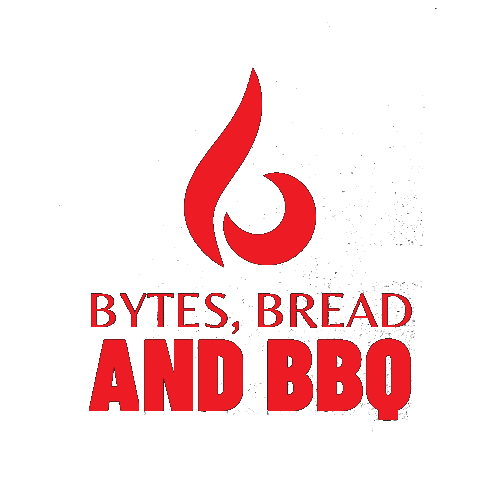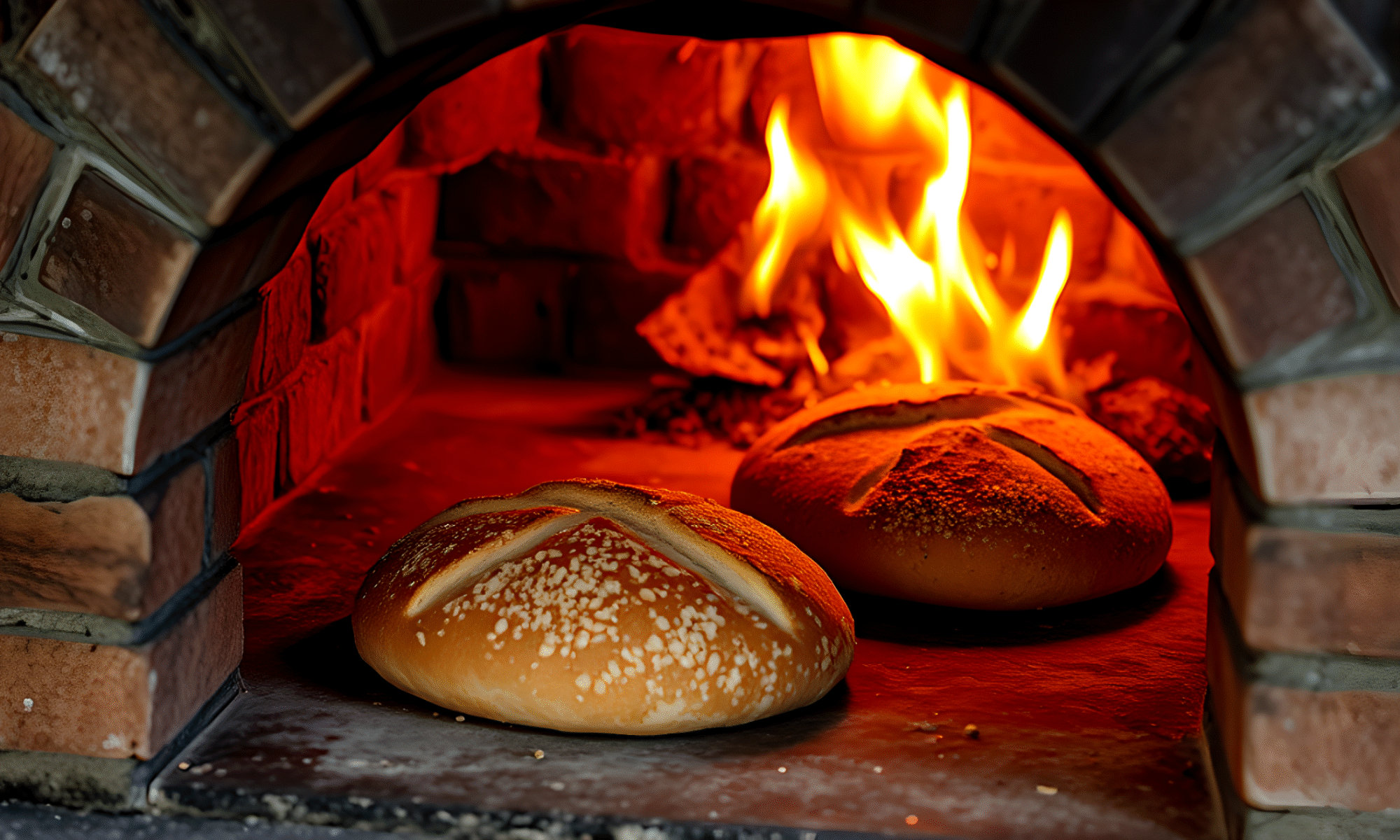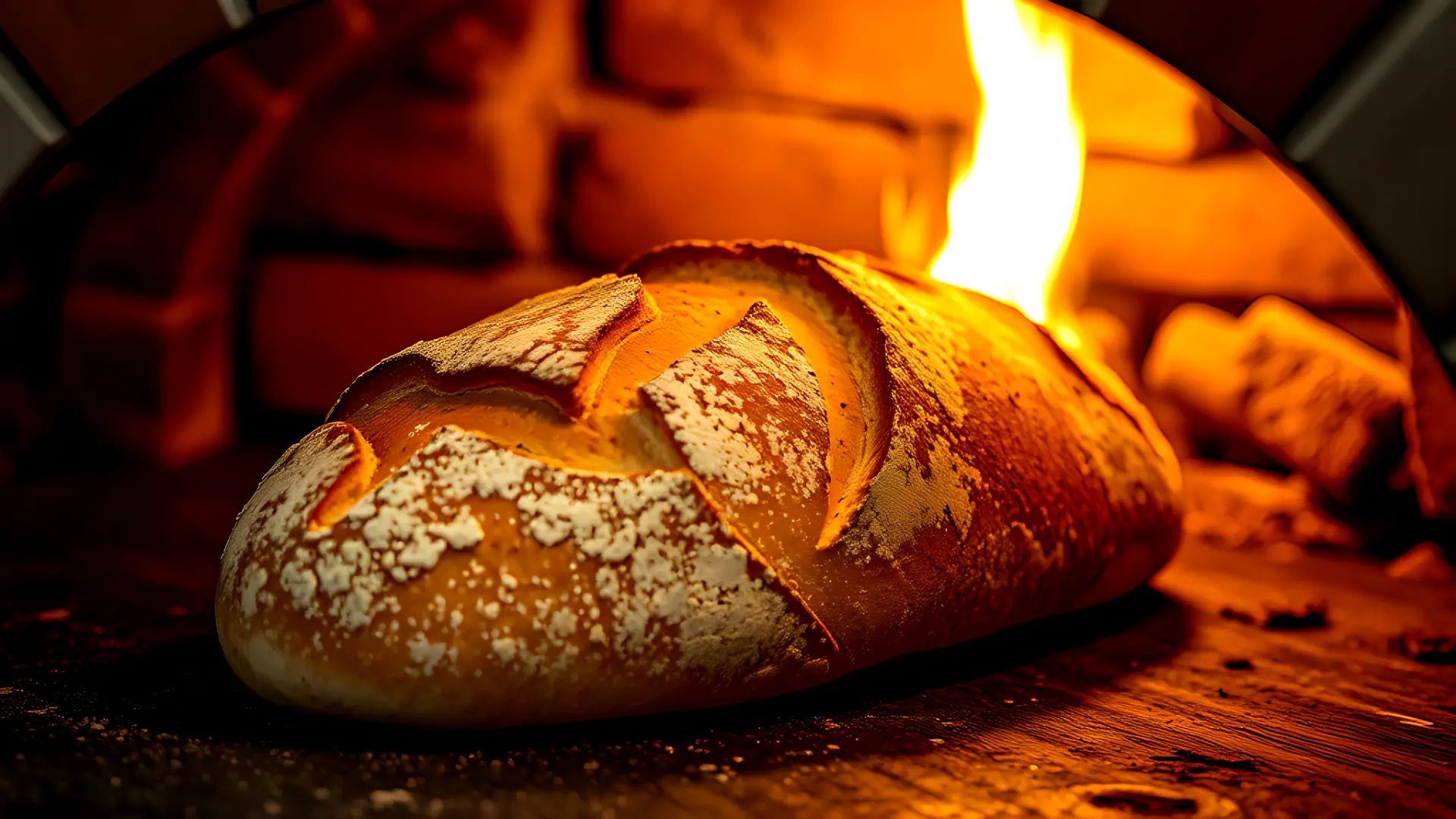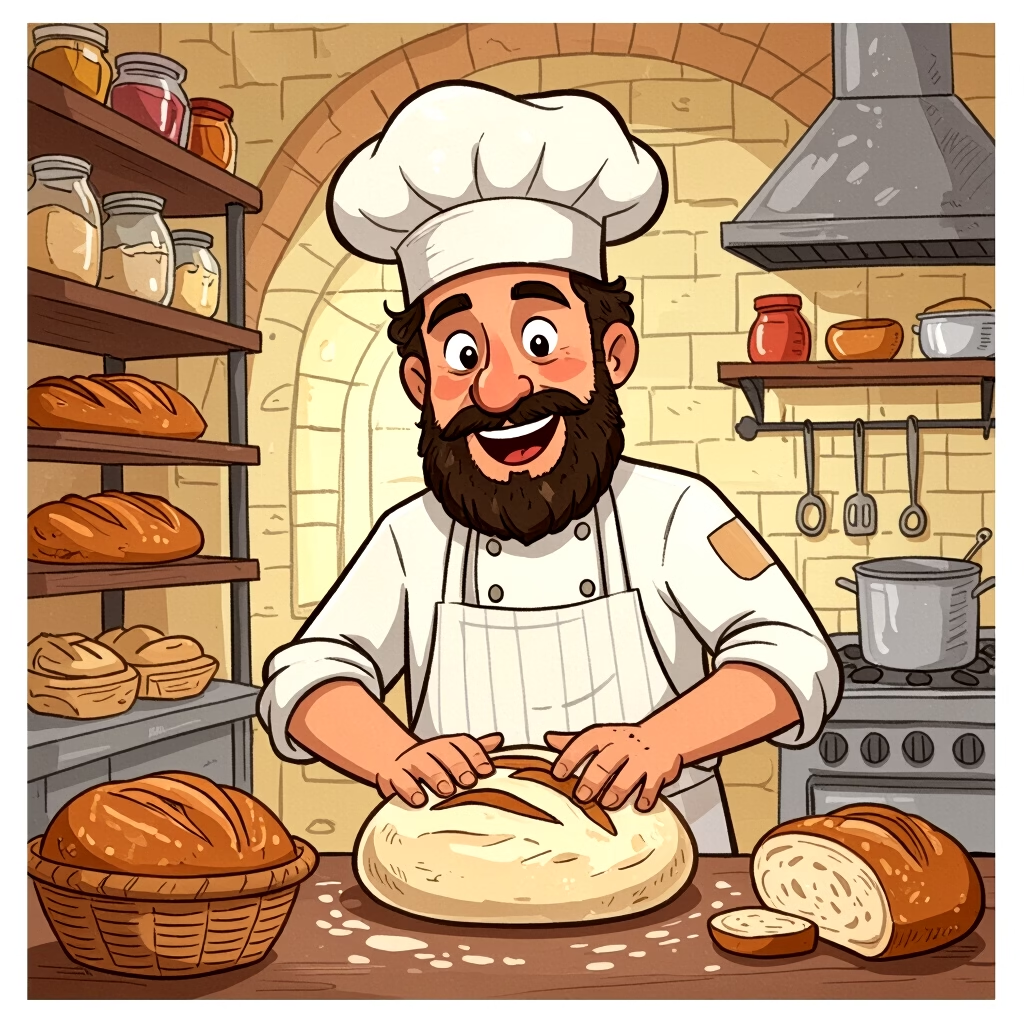Ah, preferments. Not a bunch of hobbits in a bread shire, but the secret sauce of many an artisan loaf. Let’s dive into the wild world of biga and poolish, and why your dough deserves a little fermented TLC.
If you’ve ever wondered why your homemade bread tastes like warm cardboard while the bakery’s loaf tastes like it had a passionate, slow dance with flavor—well, the secret is probably in the preferment. And no, that’s not a hipster band. We’re talking biga and poolish, the power couple of pre-dough preparations.
But before you start shouting “I just wanna make toast!” at your screen, take a breath. This won’t require a PhD in gluten theory. Just a little flour, water, yeast, and the willingness to wait a day. And maybe a healthy disregard for instant gratification.
So, what the heck is a biga?
Biga is like your bread’s Italian grandmother—sturdy, reliable, slightly dry, and very opinionated about flavor. Originating from Italy, biga is a stiff preferment, meaning it’s got less water than its French cousin, poolish. A typical biga has a hydration level of about 50-60%, making it look a bit like dough that changed its mind halfway through.
You make it the night before baking, let it ferment slowly, and then invite it to your main dough party the next day. The result? A crust with some crunch, a chewy crumb, and flavor deep enough to make your sourdough jealous.
And what about poolish?
Poolish is the cool, laid-back French guy in your bread circle. It’s wet and bubbly, with 100% hydration (equal parts flour and water). It’s not stiff. In fact, it’s barely holding it together—like a college student on finals week.
Poolish ferments overnight too, developing all sorts of delicious acids and flavor notes. The result is a softer dough, an open crumb, and a lighter, slightly more tangy flavor. Think baguette energy. Poolish is perfect when you want your bread to be fluffy but still taste like it took its time becoming fabulous.
Biga vs. Poolish: A Yeast-Off Showdown
| Feature | Biga 🏋️ | Poolish 💃 |
|---|---|---|
| Hydration | Low (50–60%) | High (100%) |
| Texture | Stiff, firm | Loose, batter-like |
| Origin | Italy 🇮🇹 | France 🇫🇷 |
| Best For | Rustic loaves, ciabatta | Baguettes, soft rolls |
| Flavor Profile | Mild, nutty, complex | Tangy, airy, open crumb |
| Mood | “Let’s get to work” | “C’est la vie” |
Why Bother?
Because good bread is like a good barbecue—it takes time, patience, and a little fermentation funk.
Using a preferment boosts flavor, improves dough strength, and helps your bread age better (if you can resist eating it all in one sitting). Think of biga as the brisket of bread-making. You don’t rush a brisket. You let it do its thing. Same with a good loaf.
Also, let’s be honest: there’s something deeply satisfying about planning your bread a day in advance. It makes you feel like a baking wizard, even if you’re just a chaotic flour-covered human in a kitchen that now smells like a microbrewery.
Final Thoughts: Get Prefermental
Whether you go with biga’s brawn or poolish’s poise, you’re stepping into the artisanal ring. Bread with preferment has depth, soul, and that certain “mmm, what is that?” quality.
So next time someone tells you making bread is just mixing ingredients and baking it—laugh, toss your floury apron over your shoulder, and mutter something about prefermentation like the fancy-pants baker you are now.
And if all else fails? Slather that loaf in butter and call it a day. Your bread may not be perfect, but your tastebuds won’t care.
Happy baking, ferment fanatics. And remember: if it bubbles and smells a little funky, you’re probably doing it right.
—Bytes, Bread, and Barbecue: Where yeast meets beast.






